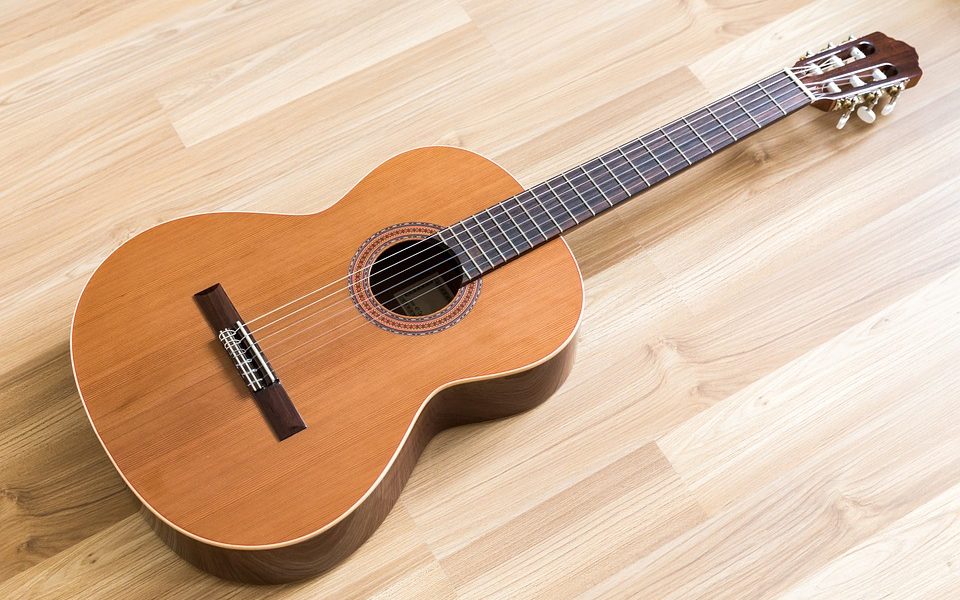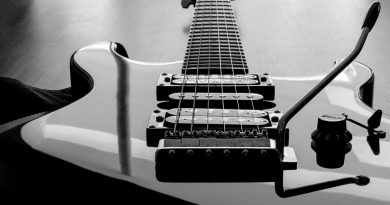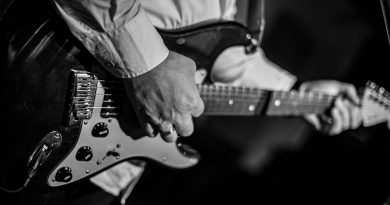Mastering Flamenco Guitar: Essential Tips for Beginners
Mastering Flamenco Guitar: Essential Tips for Beginners
Flamenco guitar is a unique and expressive form of music that originated in Spain and has captivated audiences around the world. With its intricate rhythms, elaborate techniques, and emotional depth, mastering flamenco guitar can be a challenging but rewarding journey for beginners. In this article, we will explore some essential tips for beginners looking to hone their skills and unlock the secrets of flamenco guitar.
Understanding the Basics of Flamenco Guitar
Before delving into the specific techniques and styles of flamenco guitar, it is important to have a solid understanding of the basic elements of this musical genre. Flamenco music is characterized by its passionate and emotive melodies, intricate rhythms, and dramatic performances. The guitar is a central instrument in flamenco music, providing the tempo, harmony, and melody that accompany the singer and dancers.
Flamenco guitar techniques are characterized by their percussive and rhythmic nature, with players often using their fingers to create intricate strumming patterns and tapping rhythms on the body of the guitar. Understanding the different components of flamenco guitar, such as rasgueados (flamenco strumming patterns), golpe (tapping), and picado (rapid picking), is essential for mastering this unique style of playing.
Selecting the Right Guitar
One of the first steps in mastering flamenco guitar is selecting the right instrument. Flamenco guitars are typically smaller and lighter than classical guitars, with a shallower body and a brighter tone. The strings are also set lower to allow for faster playing and more percussive techniques. It is important to choose a guitar that is well-suited for flamenco playing, as the instrument will greatly impact the tone and feel of your music.
When selecting a flamenco guitar, look for a model that is specifically designed for flamenco playing, with a spruce or cedar top and cypress or sycamore back and sides. These woods are known for their bright and punchy sound, which is ideal for flamenco music. Additionally, consider the action (string height) of the guitar, as a lower action will make it easier to play fast and intricate passages.
Developing Proper Technique
Technique is key to mastering flamenco guitar, as the style requires a unique set of skills and abilities. One of the most important techniques in flamenco guitar playing is the rasgueado, which involves using all four fingers of the picking hand to create a rapid and percussive strumming pattern. Practicing different rasgueado patterns and variations is essential for developing speed, control, and fluidity in your playing.
Another essential technique in flamenco guitar is golpe, which involves tapping the body of the guitar with the knuckles or fingertips to create a percussive sound. Golpe adds rhythmic texture and emphasis to your playing, and mastering this technique will greatly enhance your overall performance. Practice tapping different rhythms and accents on the body of the guitar to develop your golpe technique.
In addition to rasgueado and golpe, flamenco guitar players also use techniques such as picado (rapid picking), arpeggio (fingerpicking), and tremolo (rapidly repeating a single note) to create dynamic and expressive music. Developing proper technique in these areas is essential for mastering flamenco guitar and capturing the essence of this passionate and emotive style.
Learning Traditional Flamenco Repertoire
To truly master flamenco guitar, it is important to immerse yourself in the traditional repertoire of flamenco music. Familiarize yourself with the various palos (musical forms) of flamenco, such as solea, bulerias, and fandangos, and study the traditional melodies, rhythms, and chord progressions that characterize each style. Learn to play traditional flamenco falsetas (melodic patterns) and compas (rhythmic patterns) to develop your understanding of the music and its cultural significance.
Studying traditional flamenco repertoire will not only help you improve your technical skills and musicality, but it will also deepen your appreciation for the rich history and artistry of flamenco music. Listen to recordings of legendary flamenco guitarists such as Paco de Lucia, Vicente Amigo, and Tomatito to study their playing styles and techniques, and incorporate their influences into your own playing.
Seeking Instruction and Guidance
Finally, one of the best ways to master flamenco guitar is to seek instruction and guidance from experienced teachers and musicians. Take lessons with a qualified flamenco guitar instructor who can provide personalized guidance, feedback, and instruction tailored to your individual needs and goals. A skilled teacher can help you develop proper technique, improve your musicality, and expand your repertoire of flamenco music.
In addition to formal lessons, consider attending workshops, masterclasses, and flamenco festivals to immerse yourself in the world of flamenco guitar and learn from master musicians. Surround yourself with like-minded players and enthusiasts who share your passion for flamenco music, and collaborate with other musicians to expand your musical horizons and deepen your understanding of flamenco guitar.
Mastering flamenco guitar is a challenging but rewarding journey that requires dedication, practice, and a deep appreciation for this unique and expressive musical genre. By understanding the basics of flamenco guitar, selecting the right instrument, developing proper technique, learning traditional repertoire, and seeking instruction and guidance, beginners can unlock the secrets of flamenco guitar and begin their own journey of musical discovery and expression. Embrace the passion and emotion of flamenco music, and let your guitar become a vessel for your creativity and artistic expression.






